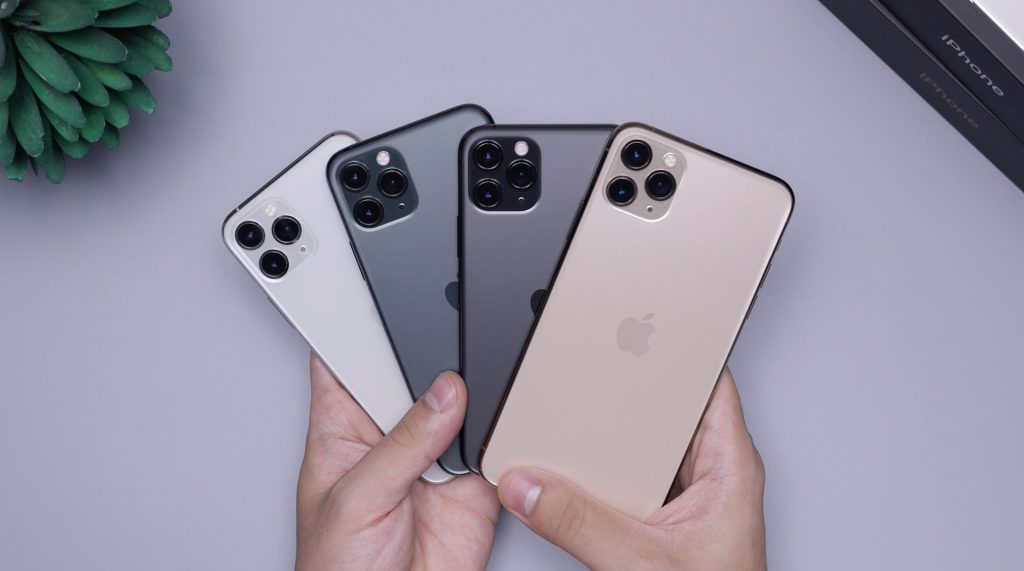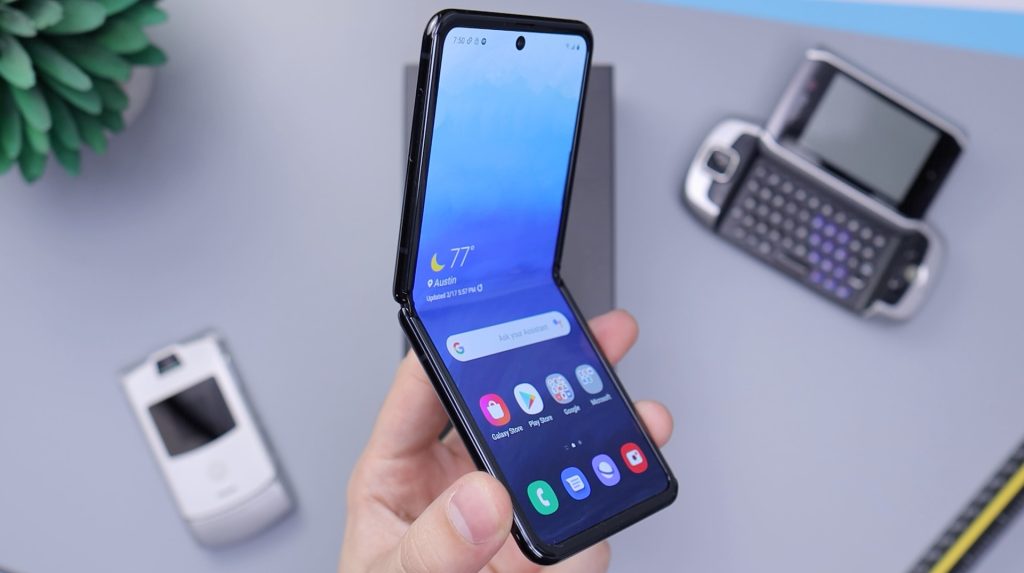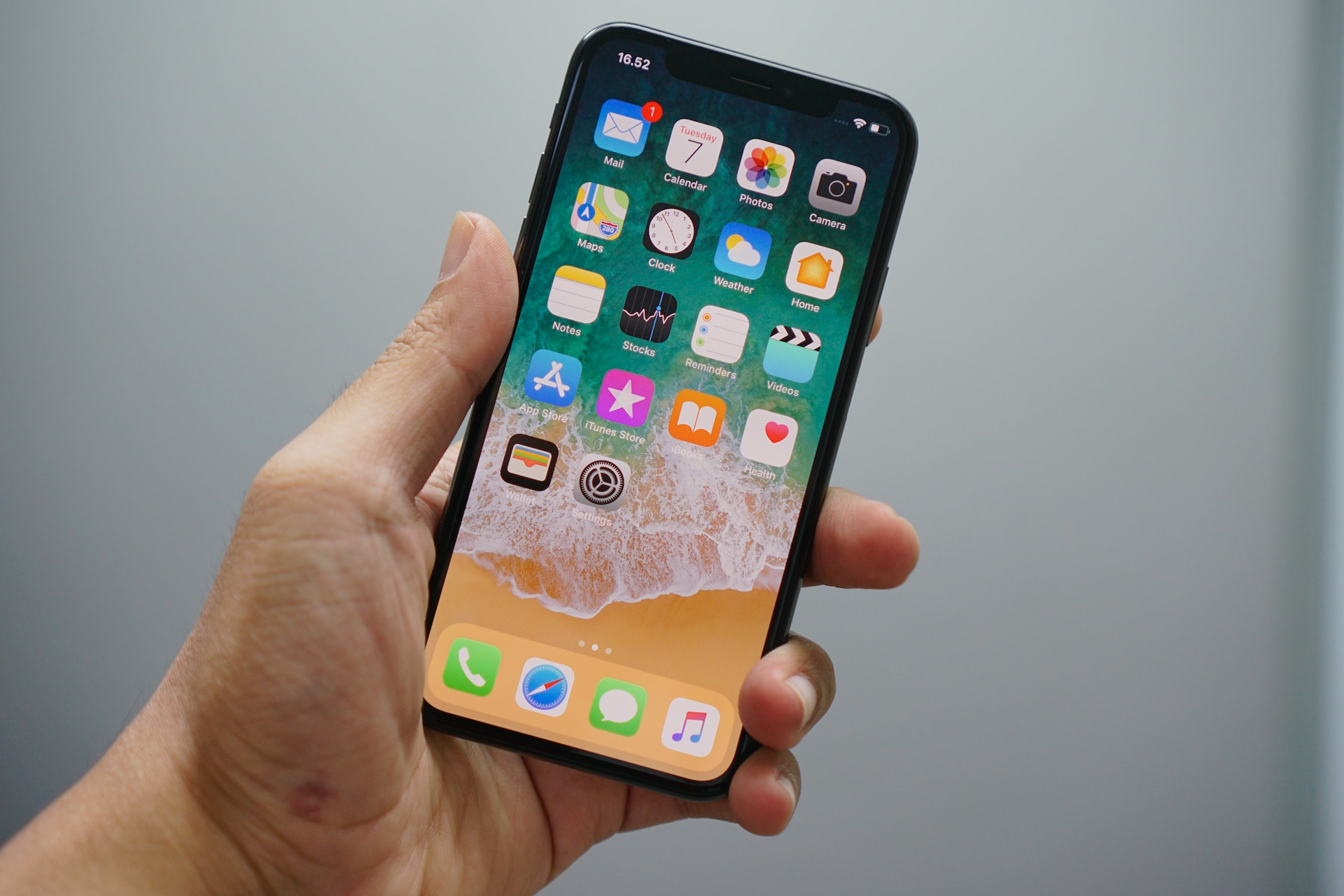In the age of rapid technological advancements, it’s common to find ourselves using a device and wondering just how long it’s been around. The age of a phone can influence its performance, resale value, and its compatibility with the latest apps and updates. If you’ve ever found yourself asking, “How old is my phone?”, here are some reliable methods to determine its age:
Why Do You Need to Know the Age of Old Phones?

1. Performance Assessment
The age of your phone plays a pivotal role in its performance metrics. As technology advances, software becomes more demanding, often requiring faster processors and more RAM. An older phone might not have been designed with the requirements of modern applications in mind. Therefore, understanding the age can provide context. If you’re experiencing sluggish behavior or constant crashes, knowing the phone’s age can help determine whether it’s a natural performance decline or a fixable issue. This understanding can save both time and frustration in troubleshooting sessions.
2. Resale Value
For many, phones are not just communication tools but also investments. The resale value of a device can decline sharply as it ages. If you’re considering selling your phone, having clarity on its age allows you to set a realistic price. Additionally, potential buyers often enquire about the device’s age, equating it with its likely longevity and performance. An accurate response can instill confidence in buyers, ensuring a smoother transaction.
3. Software Compatibility
The software landscape is ever-evolving. Developers design applications with the latest hardware in mind, meaning older phones may struggle to run newer apps. Major operating system updates might be incompatible with aged devices, denying users access to newer features and improvements. By knowing your phone’s age, you can set software expectations accordingly and avoid the pitfalls of incompatibility issues, ensuring you get the most out of available software for your device.
4. Battery Life Expectancy
A phone’s battery is its lifeline, and with time, its efficiency reduces. Typically, after a few years, batteries retain charge poorly, necessitating frequent recharges. Understanding how old your phone is allows you to anticipate when battery replacements might be due or if a decline in battery life is an anomaly. This foresight can prevent sudden breakdowns and the inconvenience of a dead phone at critical moments.
5. Warranty and Support
A manufacturer’s warranty offers peace of mind, ensuring support for malfunctions and technical issues. However, warranties have time limits. Knowing the exact age of your phone ensures you’re aware of the duration of available manufacturer support. This information helps in planning potential repairs, choosing between official channels, or third-party service centers, and avoiding unexpected costs.
6. Security Concerns
In the digital age, security is paramount. Older devices often miss out on crucial security updates, leaving them vulnerable to malware and cyber-attacks. By understanding your phone’s age, you can gauge its security profile. If your device is too old to receive updates, you might take additional precautions or consider an upgrade to ensure your data’s safety.
7. Upgrade Decisions
Consumer technology, especially smartphones, progresses at a blistering pace. For tech enthusiasts or those needing cutting-edge performance, knowing the age of a device is crucial. By gauging how long you’ve used your current phone and comparing its age with the latest models, you can make informed decisions on when an upgrade would offer substantial benefits, ensuring you get the best value and experience from your investments.
8. Environmental Considerations
The environmental impact of electronic devices is a growing concern. As phones age, they contribute to electronic waste when discarded. Being aware of your phone’s age can encourage longer usage, delaying its journey to the landfill. This conscious decision not only makes economic sense but also contributes positively to the environment by reducing electronic waste.
9. Economic Planning
Financial planning is integral to managing expenses. Phones, often being high-value items, need budgetary allocation, especially if you’re considering replacements or upgrades. Knowing the age of your device helps forecast when you might need a new one, allowing for planned savings, timely purchase decisions, and avoiding unexpected financial strains.
10. Personal Record Keeping
For meticulous individuals who take pride in managing and documenting their belongings, the age of possessions is essential data. Knowing how long a phone has been in use, its performance over the years, and its maintenance records can be satisfying. It also assists in making future purchase decisions, as personal usage patterns and device longevity become clearer over time.
Best Methods to Know How Old Your Phone Is?

1. Check the Serial Number or IMEI
Every smartphone comes equipped with a unique Serial Number or International Mobile Equipment Identity (IMEI) number. This unique identifier not only acts as the phone’s “fingerprint” but can also reveal its age. By entering this number into the manufacturer’s database or reliable third-party sites, you get insights into when your device was manufactured. Moreover, this method is often seen as the most reliable, considering the IMEI is specifically linked to your device and not influenced by other external factors.
2. Purchase Date
Your purchase receipt is a direct reflection of your phone’s age from the day it came into your possession. Whether a physical receipt or a digital email confirmation, this record contains the exact date of purchase. If you’ve misplaced the receipt, you can contact the retailer or your service provider, as they often keep purchase records linked to customer accounts. This method is straightforward and provides a clear answer to your phone’s age since its acquisition.
3. Operating System Updates
The software on your phone can indirectly indicate its age. Manufacturers tend to support devices with software updates for a certain number of years. If your phone no longer receives the latest updates, it might be aging beyond the support window. You can check the OS’s version and match its release date online. This method gives an estimate, offering a context to how contemporary or outdated your device’s software is.
4. Third-party Apps
Today, there’s seemingly an app for everything—including determining your phone’s detailed specifications and age. Apps like ‘Phone Info’ and others available in app stores can scan your device’s hardware, software, and other attributes, displaying its manufacture date among other details. This method is user-friendly and can offer additional insights into your device’s capabilities and health.
5. Device Settings
Modern smartphones typically have a “Device Information” or a similar section within the settings. This section provides details such as model numbers, software versions, and other technical information. While it might not directly show the manufacturing date, the model number can be searched online, leading you to the phone’s launch date. This method requires a bit of detective work but is handy since everything you need is already on your device.
6. Check the Battery
Phones with removable batteries often have a production date stamped onto the battery itself. While this indicates the battery’s manufacture date and not the phone’s, it gives a ballpark idea, especially if you’ve never replaced the battery. This method is less precise but can be helpful, especially when combined with other techniques.
7. Online Phone Databases
Several dedicated online platforms and websites catalog phone models along with their detailed specs and release dates. These databases are a treasure trove of information. By merely inputting your phone’s brand and model, you can find a wealth of details about its release timeframe. It’s like a quick online search but tailored specifically for mobile devices.
8. Consult the Manufacturer’s Website
Official websites of phone manufacturers are resource-rich. They often have sections dedicated to each phone model they’ve released, complete with launch announcements, specifications, and more. Browsing these sections or using their search function can quickly lead you to your phone model’s debut date, providing an authoritative answer to your query.
9. Check the Warranty Status
Many manufacturers provide an online platform where users can check the warranty status of their devices using the serial number or IMEI. By doing so, you’ll not only get information on the remaining warranty but also the activation date, which can indicate the age of your phone. Remember, warranty periods can vary, but they typically start from the date of purchase or a few months post-manufacture.
10. Examine the Hardware Design
Over the years, phone designs have evolved, with changes in button placements, camera setups, or ports. By comparing your phone’s design with older and newer models, you can get a sense of where it fits in the evolution timeline. This method is more observational and might require some familiarity with the manufacturer’s design history.
11. Physical Wear and Tear
While this isn’t a precise method, examining the physical condition of your phone can provide clues. Phones that have been in use for many years may exhibit signs of wear, such as faded buttons, scratches, or diminished battery life. However, this method is subjective, as a well-maintained older phone might appear newer than a roughly-handled recent one.
12. Original Box and Documentation
If you still have the original box and documentation that came with your phone, these can be excellent indicators. Manufacturers often print production or batch dates on boxes, and promotional materials inside might reference dates or events that can give clues about the phone’s age. It’s a direct link back to when the phone was packaged and prepared for sale.
13. Contact Customer Support
When in doubt, you can always contact the phone manufacturer’s customer support. With your phone’s serial number or IMEI, they can pull up details about the device, including its manufacturing date. This method might take a bit longer, depending on the responsiveness of the support team, but it’s likely to provide a definitive answer.
Conclusion
In this article, we have provided you the enough information and the best methods to know How old is Your Phone. Read the full article carefully and know things regarding your phone.
































































